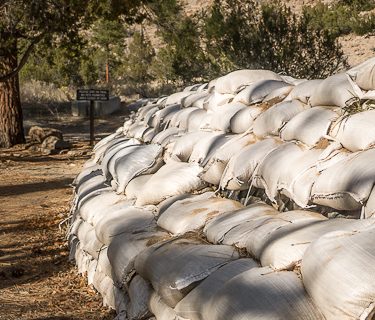February 15, 2011: Effectiveness of post-fire seeding and herbicide treatments to battle cheatgrass in Zion National Park
Presenter: Andrea Thode (Northern Arizona University) Fine fuels from non-native, annual brome grasses have overcome native plants across much of Zion Canyon in Zion National Park. This invasion threatens the single road that provides access into—and escape from—the canyon, creating a threat to human life should a large wildfire occur there. In addition, native riparian …

